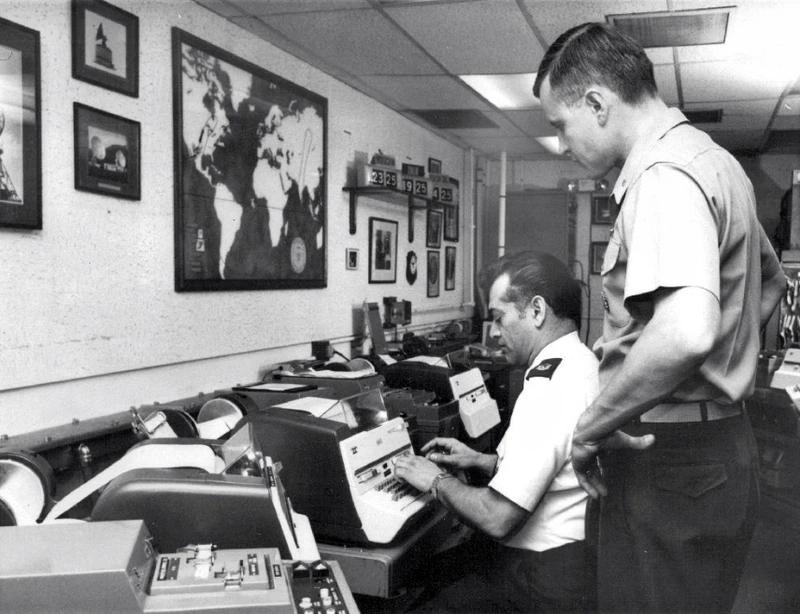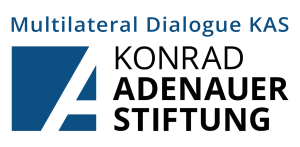In the aftermath of the Cuban Missile Crisis, the Hot Line Agreement, opening a direct communication link between the US and Soviet heads of state, was established for emergency use to reduce the likelihood of an accidental nuclear war.
Preliminary discussions started in 1954, when the USSR proposed safeguards against a surprise attack, as part of broader disarmament negotiations. Further talks led to American and Soviet drafts of a treaty on general and complete disarmament being submitted to the Eighteen-Nation Disarmament Committee (ENDC) in early 1962. It included provisions on accidental nuclear war risk reduction measures, the exchange of military missions, and establishment of rapid and reliable communications between the heads of state, and with the UN Secretary General. The Soviet version also suggested advanced notifications of substantial military movements.
Why It Matters
The Cuban Missile Crisis underscored the importance of creating a direct dedicated communication link because of uncertainty and the need for a reliable and prompt exchange of information during the 14 day crisis. At its height a Soviet B-59 submarine was attacked with depth charges from US ships and lost communication. Assuming war had been declared the captain prepared to launch a nuclear torpedo. Only a veto by Vasily Arkhipov, the flotilla chief of staff, prevented it, and potentially the onset of a full-on nuclear war. Had a nuclear attack happened in error, only clarification through direct communication could have corrected the mistake.
By 1962 general multidimensional disarmament talks had stalled many times because of the entanglement of conventional and nuclear weapons. With this in mind the US and USSR singled out the communication issue for common ground. The Hot Line Agreement annex provides two connection means: a wire telegraph circuit and a radiotelegraph circuit. Should the wire circuit be interrupted, messages would have been transmitted by the radio circuit. Later the system was updated with two satellite communication circuits.
Further materials:
https://www.jstor.org/stable/45310162?seq=1#metadata_info_tab_contents
https://2009-2017.state.gov/t/isn/4785.htm
https://www.armscontrol.org/factsheets/Hotlines





